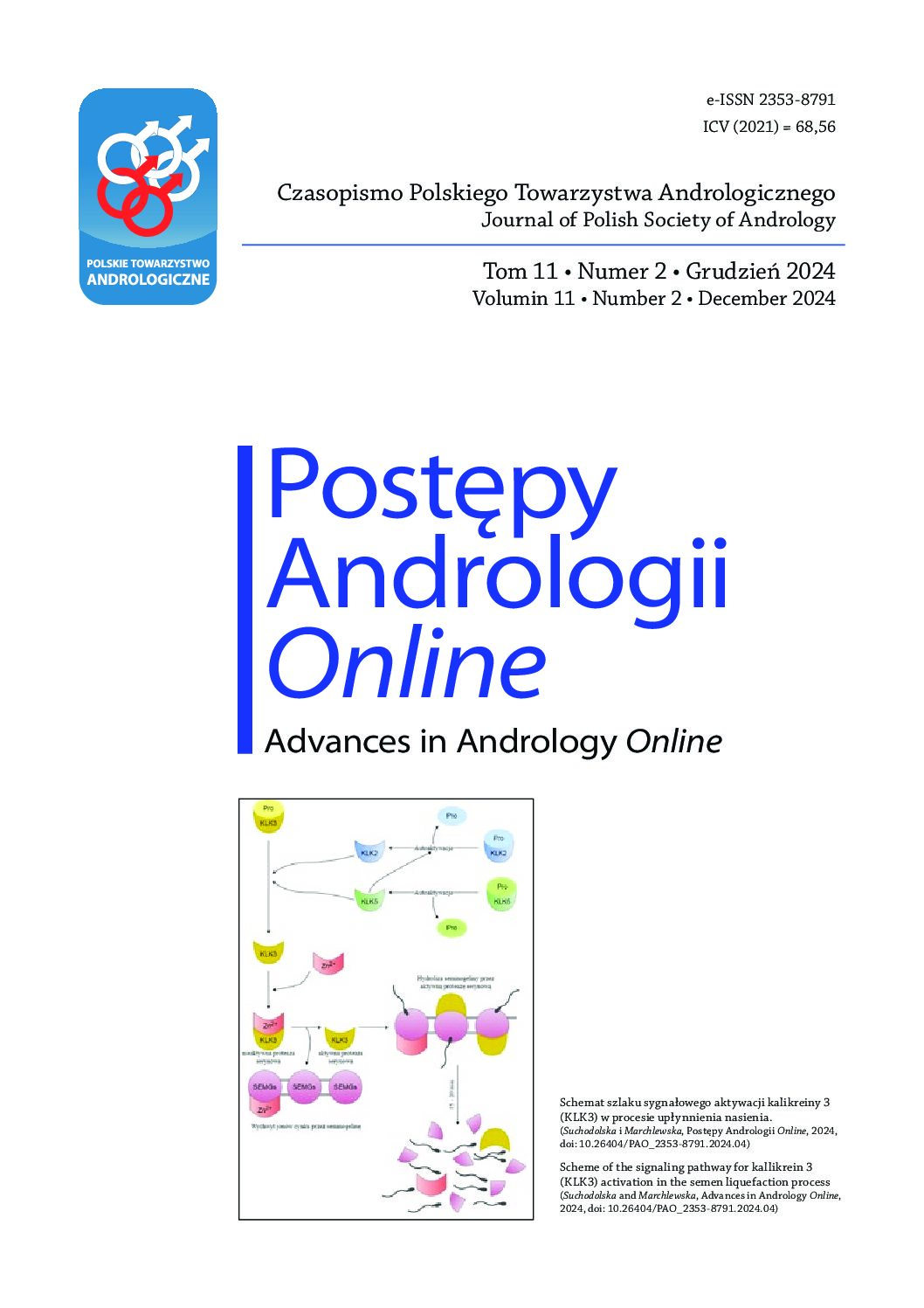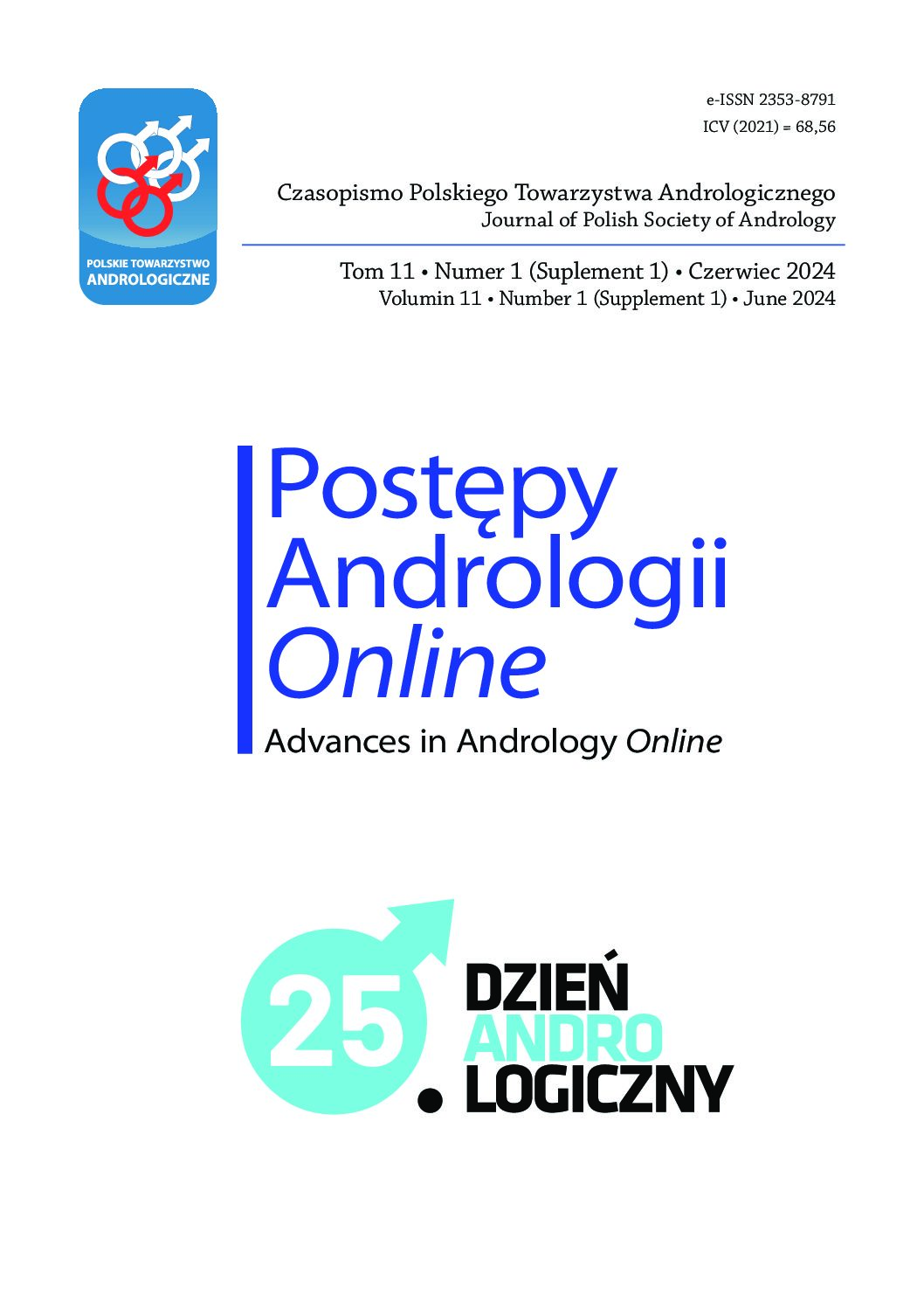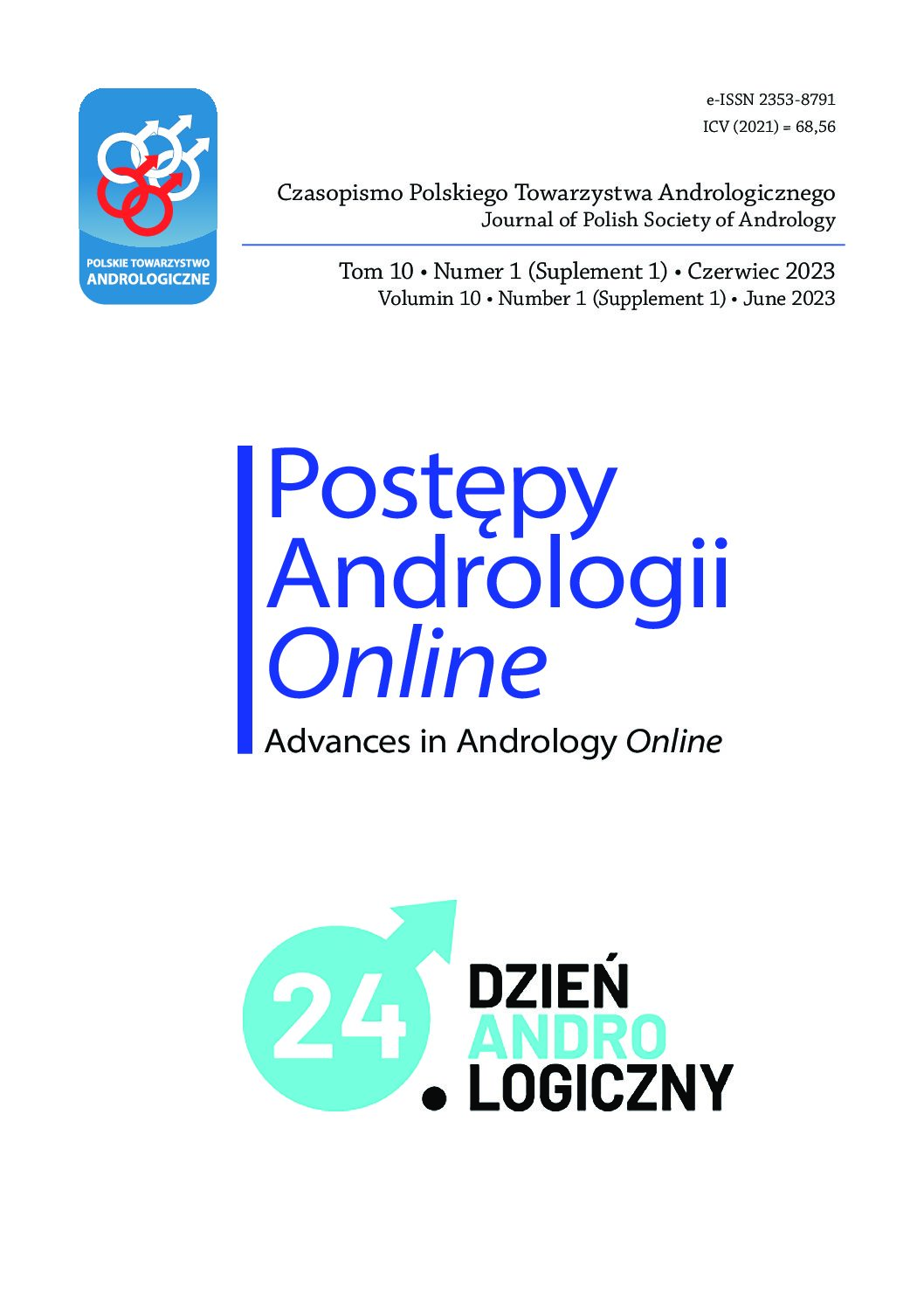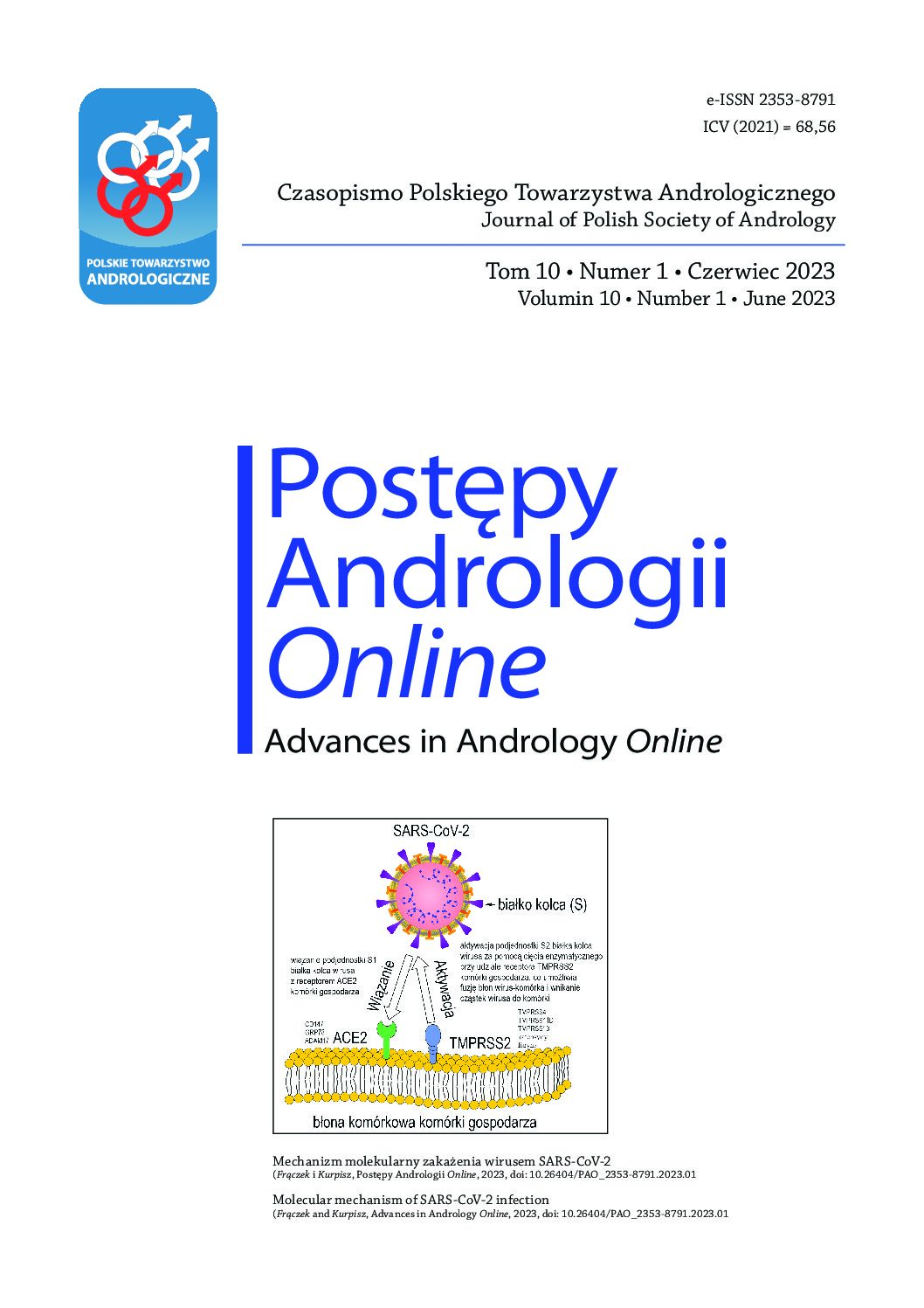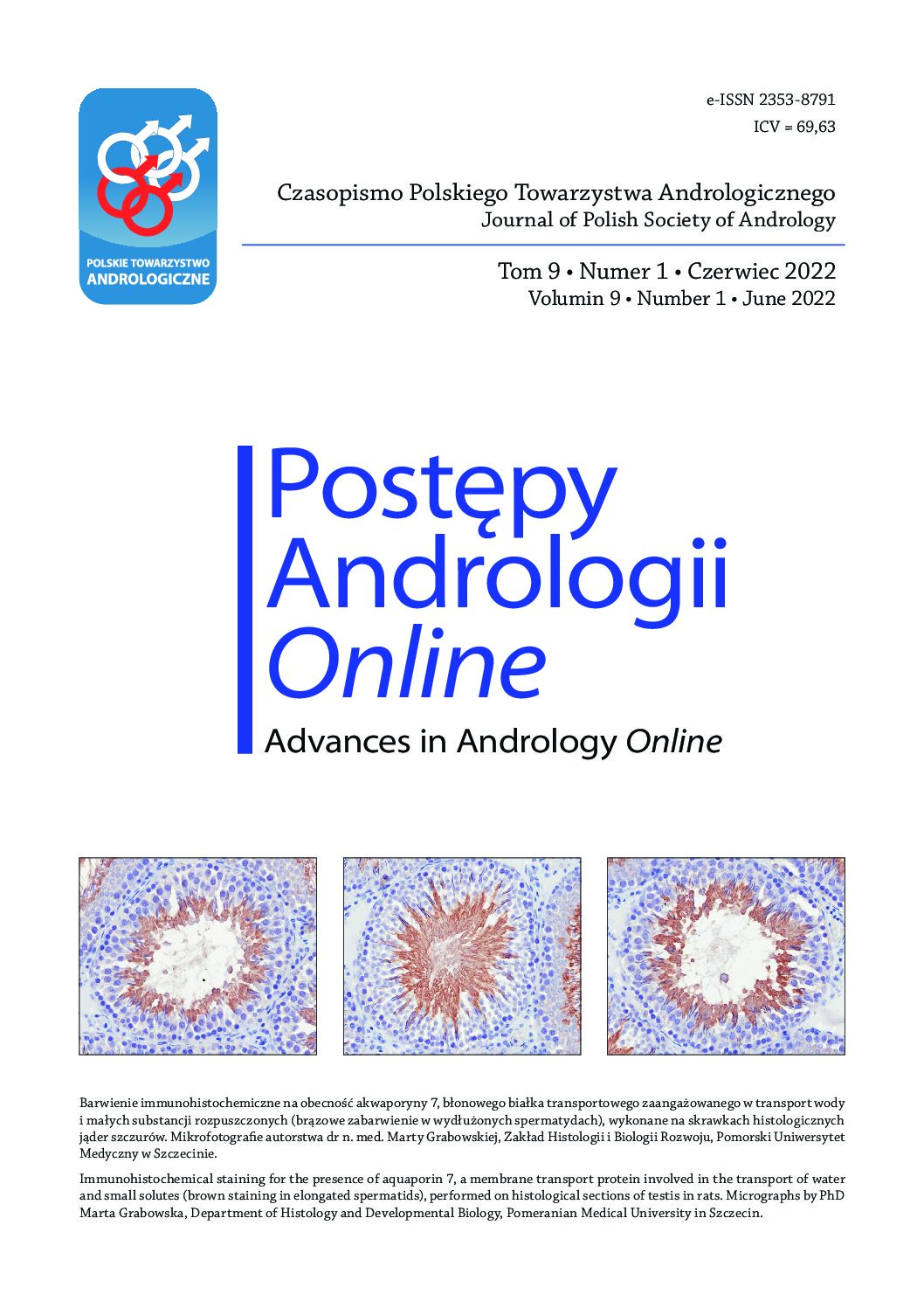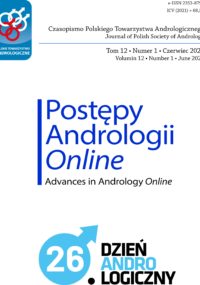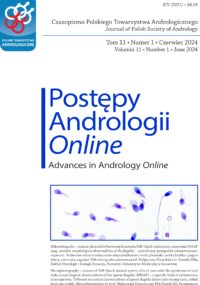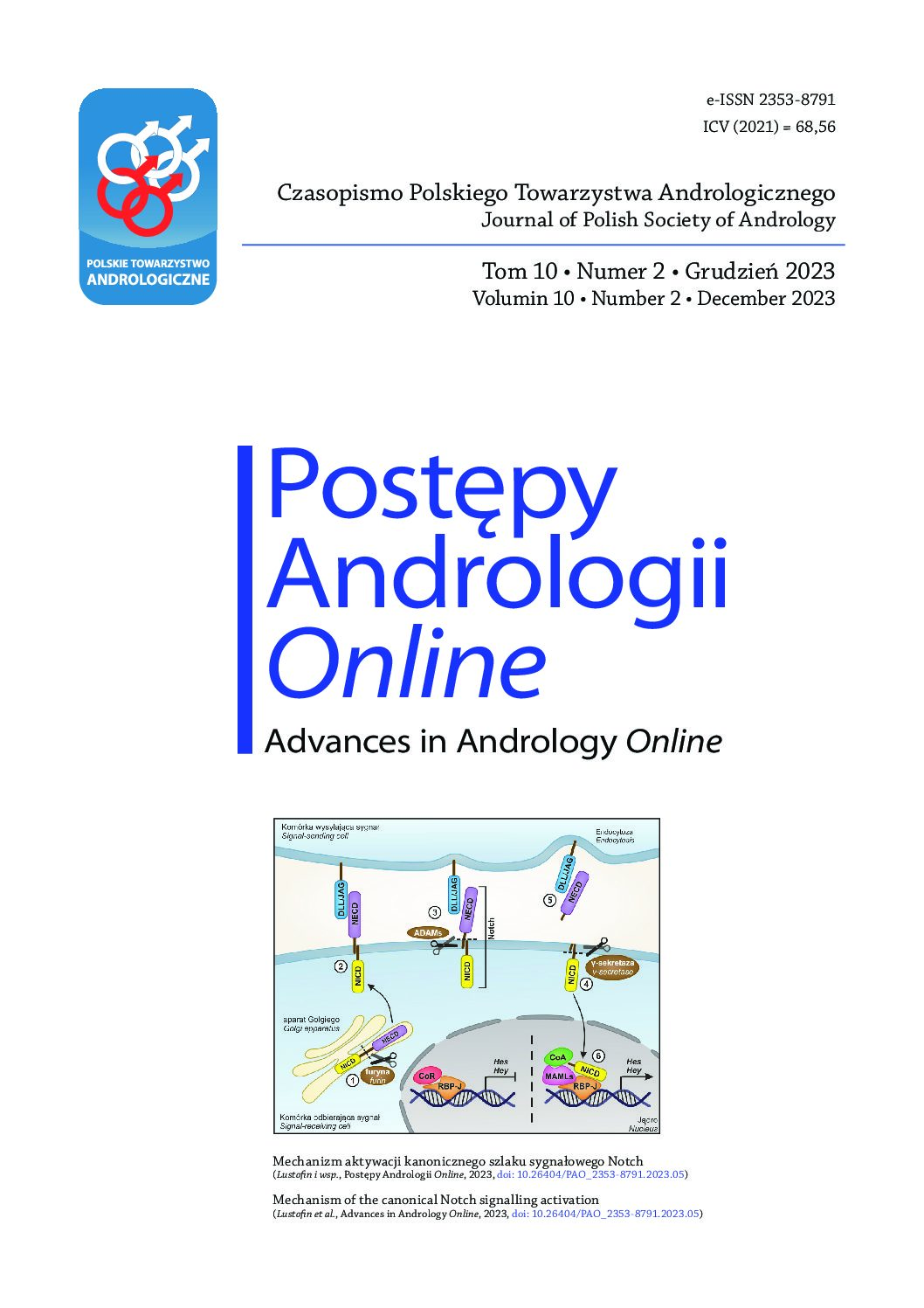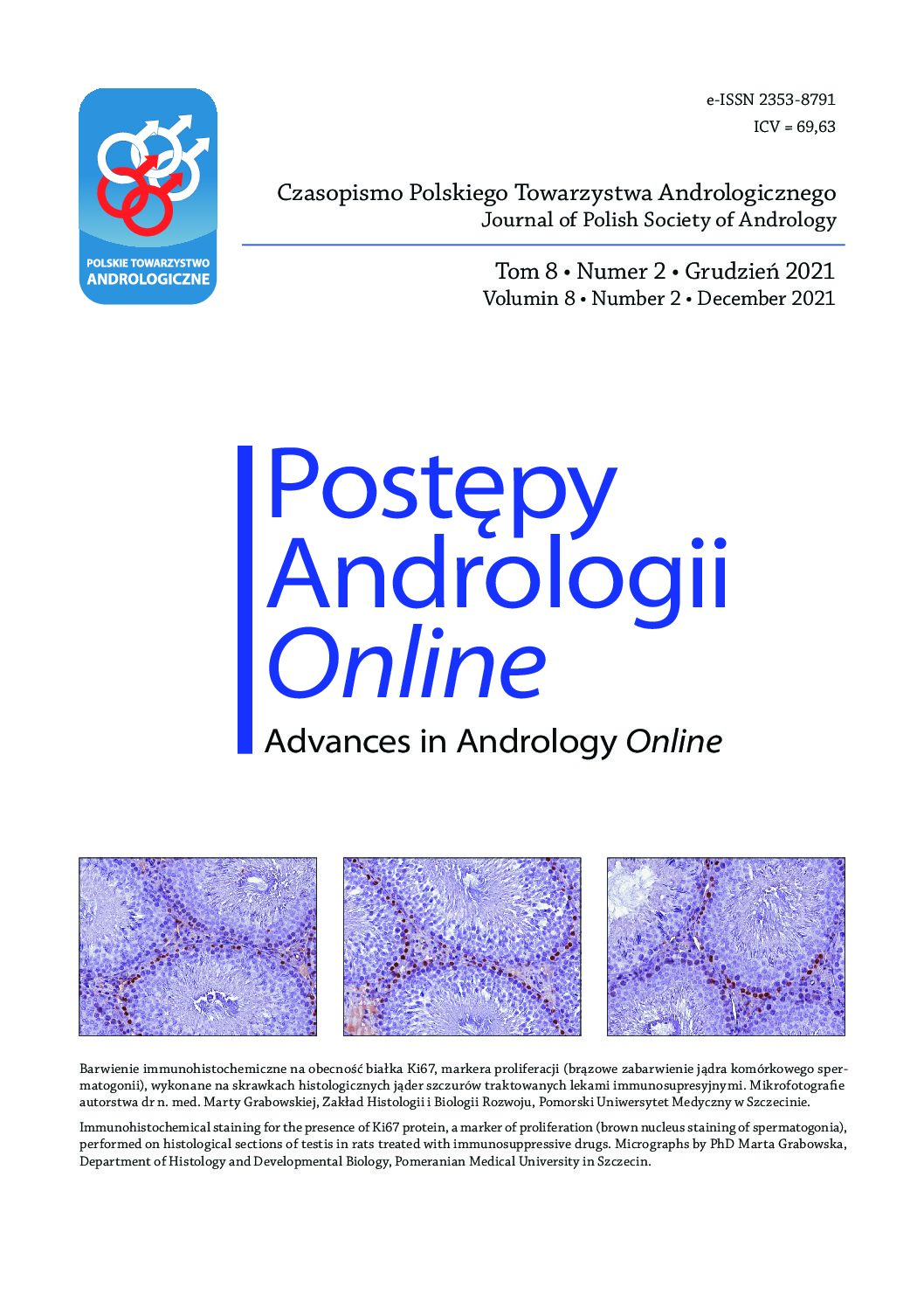Treatment-induced bone loss in prostate cancer patients: an insight into the gonadal control of bone remodelling
Prostate cancer is diagnosed in over 1.5 million new patients every year, with many of them requiring prolonged treatment, which – particularly in advanced cases – involves androgen deprivation therapy with the use of luteinizing hormone-releasing hormone analogues. Amongst several side-effects resulting from dysregulation of the body’s hormonal control, skeletal changes have been associated with the greatest patient burden. The skeletal system is a highly specialised component of the human body that is tightly regulated by local and systemic factors. While the mechanism of bone remodelling has been described in detail by previous studies, the complex mechanism of its control still remains to be fully elucidated. In this work, the authors aimed to conduct a systematic review of the existing literature in an effort to synthesise the existing knowledge about the biochemical pathways involved in the control of bone remodelling. This has been subsequently utilised to discuss the mechanisms by which gonadal hormones (oestrogens and androgens) influence bone physiology, with regards to both established theories and emerging hypotheses. The scientific findings summarise in the review might aid physicians in understanding the mechanism of androgen-deprivation-therapy-related bone loss and identifying the most effective treatment regime. Whilst there currently seems to be a lack of scientific consensus on the precise aetiology of these pathological changes, further explorations into the intricate properties of the human bone might yield exciting discoveries that could contribute to the development of new clinical solutions for prostate cancer patients in the future.
